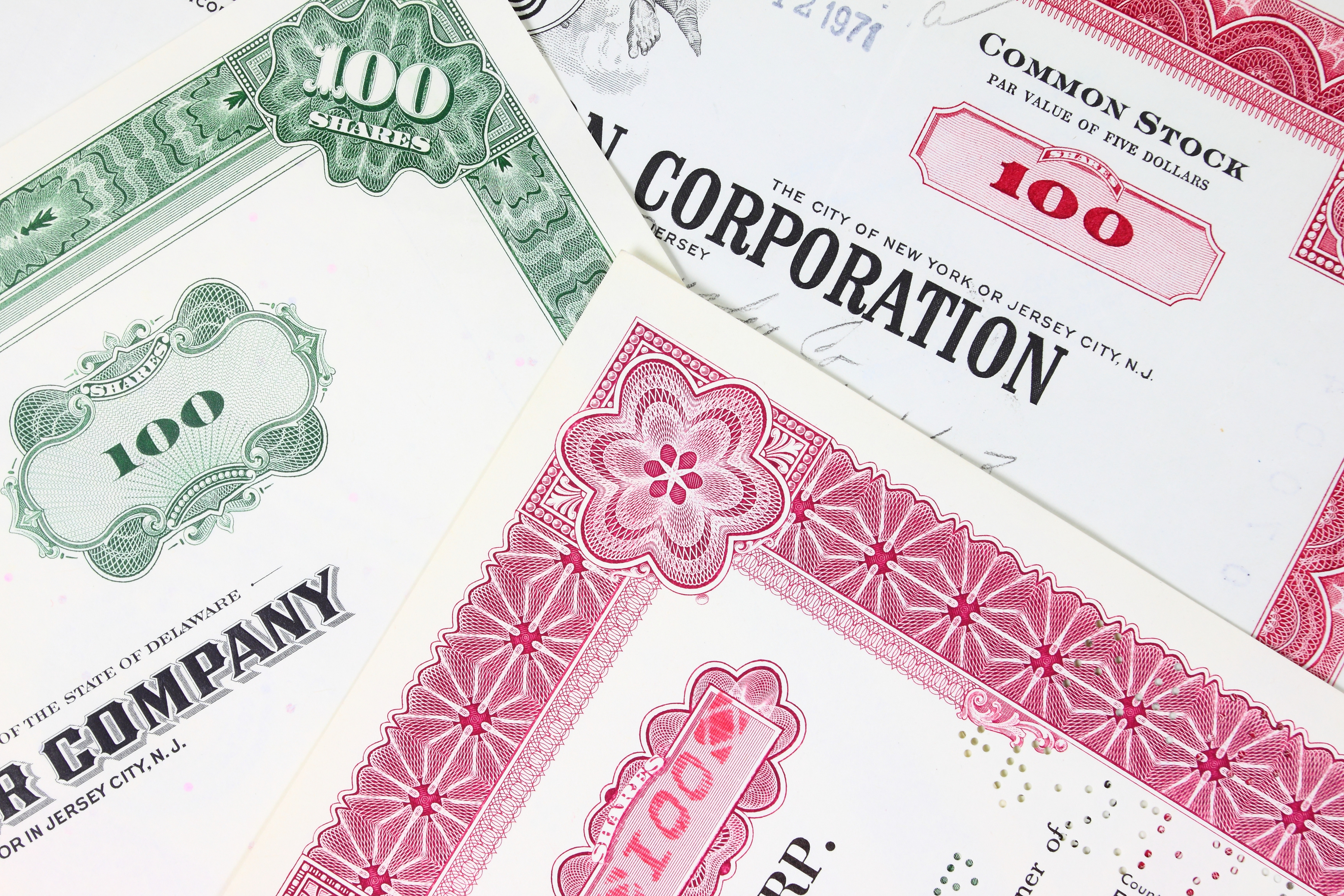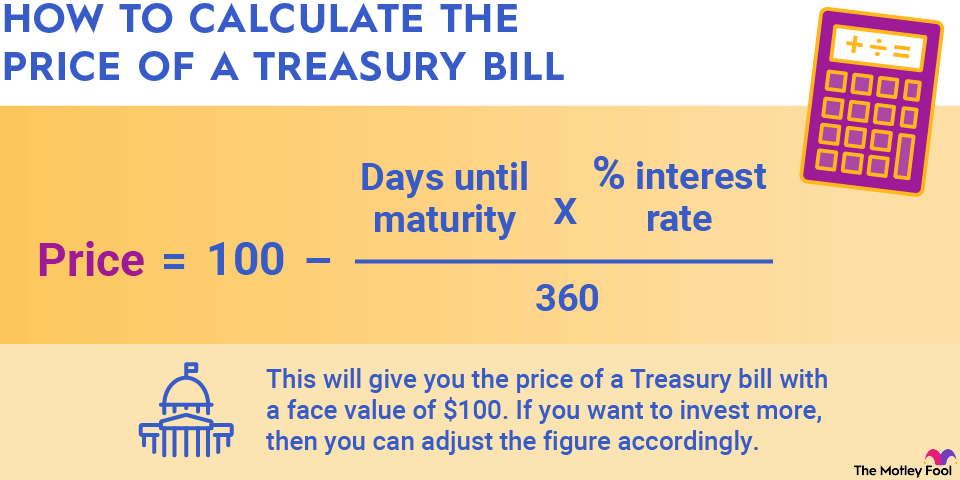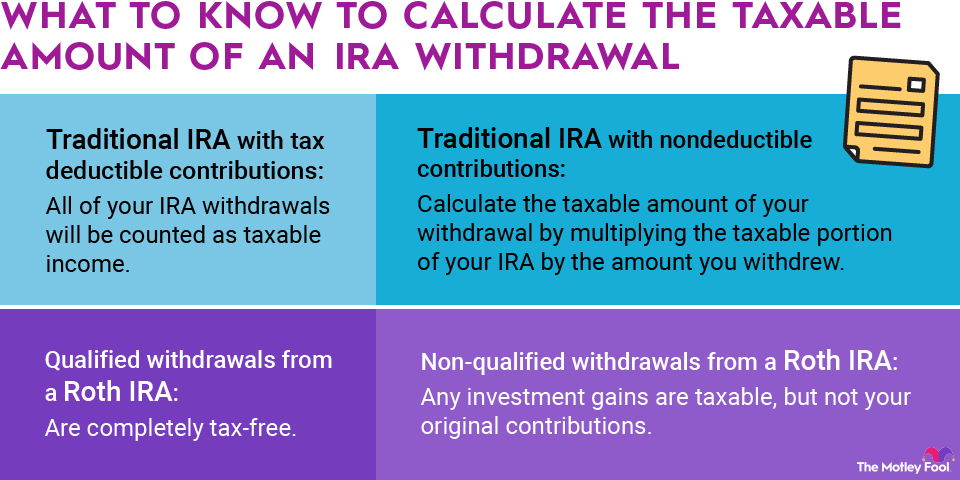One key decision every business has to make is how much of its goods or services to make available to customers. Demand functions will give you a sense of how much revenue a business can bring in depending on how it prices its product.
However, by using a mathematical concept known as a derivative, you can take a supply function and determine the marginal revenue at any given quantity of the product from making changes to production.

The demand function
The first step in the process of coming up with a marginal revenue derivative is to estimate the demand function. The demand function defines the price that customers will pay depending on how much of a product you make. In general, customers will pay more when the supply of a product is scarce, but they'll pay less when there are ample product supplies.
Therefore, an example of a simple linear demand curve is p = $20 - (q / 10), where p is price and q is quantity. This means that for every 10 units of a product the company makes, the price it will get for each unit falls by $1.
Doing the derivative
Next, you need to convert the equation so that it relates to revenue. Revenue equals price multiplied by quantity, so if you multiply both sides of the equation by the quantity, the left side of the equation will give you revenue. Specifically:
revenue = ($20 x q) - (q^2 / 10)
Finally, we find the derivative of the function. To do that, we multiply each quantity variable by that variable's exponent and then reduce the exponent by one. For the equation above, that looks like this:
($20 * 1 x q^(1-1)) - (2 x q^(2-1) / 10) = ($20 x q^0) - (2 x q^1 / 10)
$20 * q becomes $20 x q^0, and any number raised to the power of 0 equals 1, so that component is simply $20. The q^2 / 10 component becomes 2 x q^1 / 10, or q / 5. Put it together, and the marginal revenue derivative is $20 - (q / 5). So, if you make 50 units of a product, the marginal revenue derivative will be $20 - 50 / 5, or $10.
Keeping it simple
Of course, you can simply do things by hand to get a sense of marginal revenue from a change in quantity. For instance, using the demand function above, the total revenue for the production of 50 units would be $750. Increase production to 60 units, and the price would fall to $14, but revenue would rise to $840.
The difference is $90, or $9 per unit. That doesn't exactly match the $10 figure above because the marginal revenue derivative calculation only applies directly at the 50-unit mark of production and diverges as you move away from that point.
Even with its limitations, the marginal revenue derivative can be helpful in making production decisions. By knowing how much additional production will affect sales, you can be smarter about choosing the right amount to provide to your customers.
Want to find the right broker for you? Pop over to The Motley Fool's Broker Center and get started today.


















